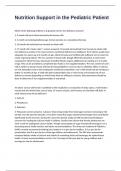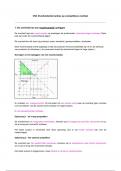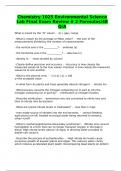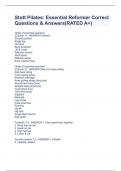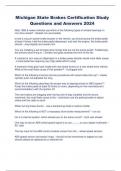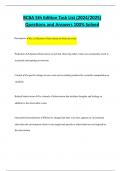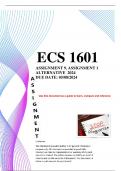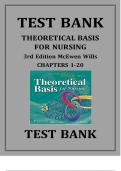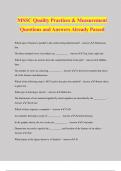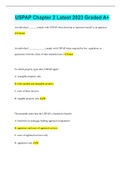Tentamen (uitwerkingen)
Nutrition Support in the Pediatric Patient exam with correct answers
- Vak
- Instelling
Which of the following children is at greatest risk for iron deficiency anemia? 1: 3 month-old term infant exclusively fed human milk 2: 4 month corrected gestational age, former preemie on a transitional formula 3: 10 month-old switched from formula to whole milk 4: 17 month-old "picky eater" ...
[Meer zien]
